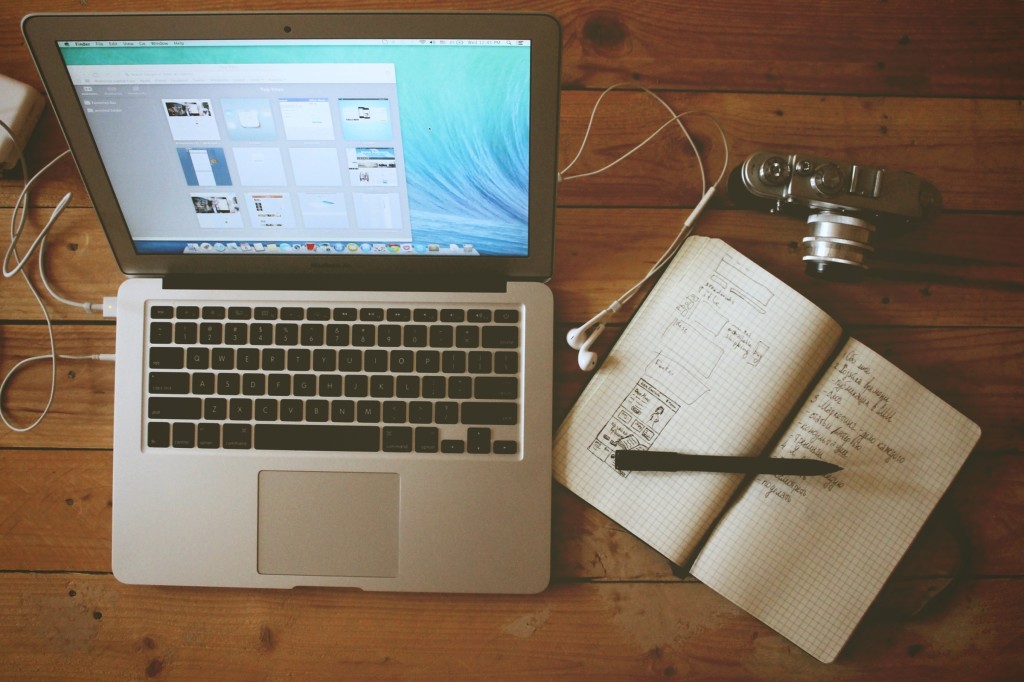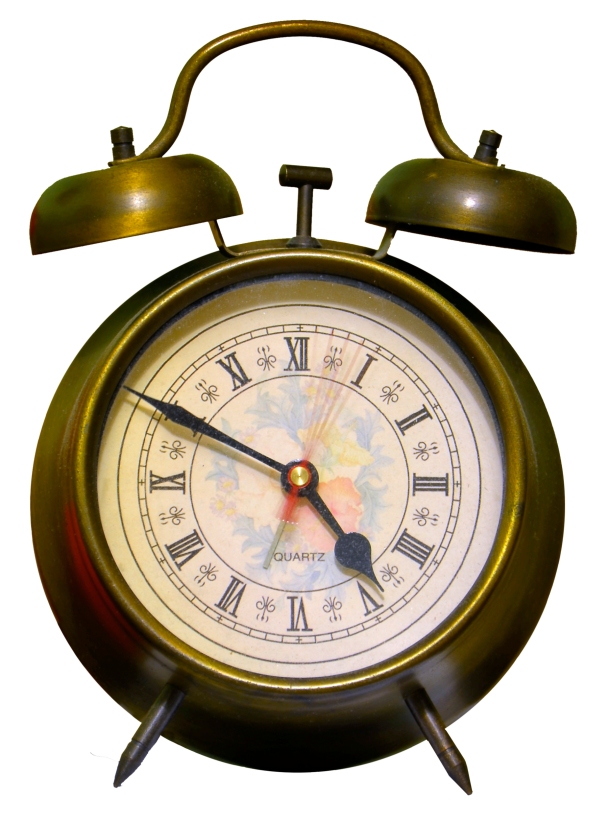 Minimalist Mindful Fitness – 5 Key Practices
Minimalist Mindful Fitness – 5 Key Practices
(Avg. Reading time 4.5 Mins)
What the Hell is Mindful Fitness Anyway?
Recently I received this question from one of my readers:
“What activities and/or cues have you found to be most helpful in incorporating mindfulness into your clients’ activities? Walking, breathing, something more meaningful to each person? Do you have an activity that you tend to start with to introduce that concept?”
First off, I want to say this is a great question. Many people struggle with how to start practicing mindfulness and/or fitness with so many fitness options the possibilities can be a bit overwhelming.
So here is my
Minimalist Mindful Fitness Guide –
5 Key Practices to Get Your Started.
1. Intention –
The first practice I start with most of my clients is identifying their list of internal and external goals. We look at how many pounds they want to lose or how many miles the want to run, but we don’t stop there.
We also look at how they want to feel and what they think losing weight or getting in shape will do for them. By looking at their intentions first, they connect with deep motivations and a sense of purpose.
2. Journaling –
The second practice I recommend for all my clients is journaling. Many people trying to make a life change struggle with judgments, self doubt, and internal criticism. The purpose of journaling is to increase awareness without judgment.
I have my clients record a very basic journal of what they eat, what activity they do, and their state of mind. I also ask them to notice any connection between these three. Lastly, I encourage them to write down one thing everyday they are grateful for.
I do this before we start with any exercise or nutrition plan. Because I want them to just notice what’s going on.
Often without any prompting, they will identify ways they are sabotaging themselves or areas where they need to do some investigation.
Because this wisdom comes from within these revelations are much more powerful than anything, they’ve read in a book or heard from a trainer.
3. Habit Formation
Many trainers have a particular exercise regime or nutrition plan they employ with clients. But I believe the best nutrition and exercise plan is the one you will actually do.
The main problem with most diet and exercise plans is they demand too radical change too quickly. The main goal of the MindFitMove method is not to help you lose weight or gain muscle.
Let me repeat that again because I know it sounds crazy. The main goal of MindFitMove method is not to help you lose weight or gain muscle.
The main goal of this mindfulness based fitness approach is to help you create more awareness and then use that awareness to make different choices.
The first two practices help establish a baseline awareness. In habit formation we take that awareness and start making change a reality.
First, I find what that person likes to do and get them to do more of that. I believe that if it doesn’t fit smoothly in your life you won’t do it.
For example, I had one client who liked riding his bike so I got him to ride his bike up a steep hill 3 times a week. I had another client who lived next to a lovely park so I got them to walk and eventually jog in that park.
The hardest part of regular exercise is the regular part. By finding, a physical activity you enjoy or at least don’t despise. You vastly increase your chance for success.
4. Set the Stage
Once we’ve established baseline awareness and started creating new habits then we work with specific mindful fitness techniques.
The fundamental mindful fitness technique is creating an environment for mindfulness.
I encourage my clients to exercise outside, to exercise without the use of music, and to exercise with the intention to focus on their bodies.
These 3 techniques all help create an environment of mindfulness. And though they don’t require a ton of concentration. They do lay the groundwork for intense focus and spacious awareness.
5. Active Mindfulness – 4 Mindful Fitness Techniques
Once we’ve established an environment of mindfulness, then we use advanced mindfulness based fitness techniques to increase awareness and focus during exercise.
I’ve used these 4 mindful fitness techniques in my own practice as well as with my clients.
1. Noticing before and after –
At the end of your work out take a minute close your eyes and focus on how you feel now vs. how you felt before you exercised. This practice helps connect us with the ease that exercise can bring. It also tunes us in to any aches that may indicate any problem areas we need to work on.
2. Cadence –
Cadence is the rate at which your feet hit the ground when running, or the speed that your pedals turnover in cycling. When practicing with cadence we simply notice how it changes as we exercise.
Cadence helps us in two ways:
One. It helps us tune into our bodies natural rhythms
Two. Working to maintain a fast even cadence will decrease injuries and increase speed and efficiency.
3. Pay attention to sound –
The world is filled with sounds we never notice. But when we open our sense, we often find joy in the sound of chirping birds and the even pad of our feet on the trail.
In addition to enjoying our natural environment, sound can also reveal imbalances in our exercise form.
For example, I’ve noticed, as I get tired my footsteps get louder. Louder footsteps means higher impact and lowered efficiency. So, by working to run quietly I increase my speed and decrease the stress on my body.
4. Breath-
Breath practice often gives us cues about how we are approaching exercise and our life in general. No matter what the activity, noticing our breath can help us perform with greater skill and confidence.
In yoga, the breath helps us move the body in an even rhythm. In endurance events like running and cycling, our breath tells us when we are pushing too hard or moving out of sync. And in weight lifting, our breath not only helps us connect to movement, but also works to stabilize and strengthen our bodies.
Simply Amazing
There are 1000’s of books on fitness and eating, but most of them overcomplicate everything with complex theories and complicated techniques. What’s so amazing about these practices is how simple they are.
Using just these 5 practices people can make amazing progress towards establishing a mindfulness based fitness practice.
Mindful fitness isn’t about taking one model and applying it to everyone. It’s about establishing principles and then investigating how those principles apply to your life.
Because of that, no two people will ever approach mindfulness based fitness the same way. But it also means that this practice can adapt and change as you change. It can become an organic part of your own growth and that’s why it’s such an amazing tool for lasting transformation.
Thanks
Thanks very much to Kelsey for sending in this question. Kelsey has been one of my best and most loyal readers from the beginning of my blog. She is an awesome physical therapist and super cool lady.
If there is a question, you have please feel free to leave it below or email me and I’ll do my best to address it in one of my future posts.
Photo Credits
![]()
















